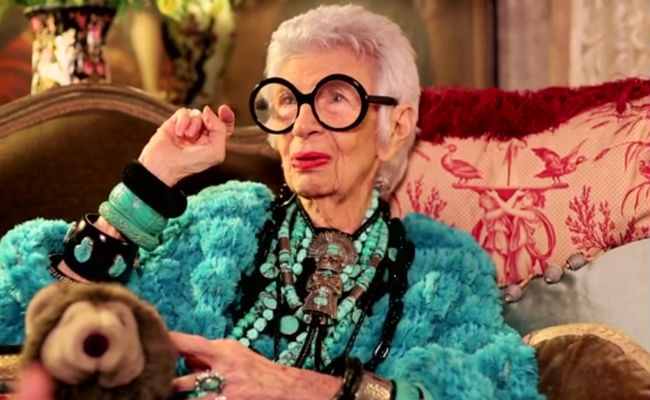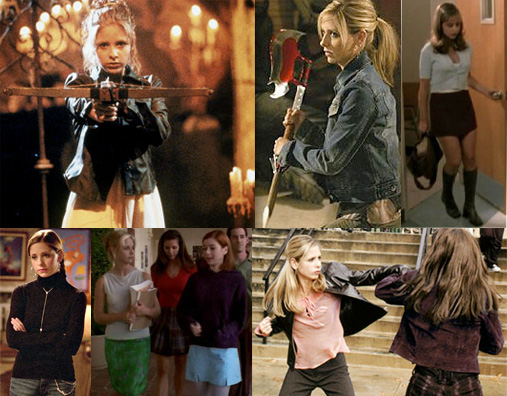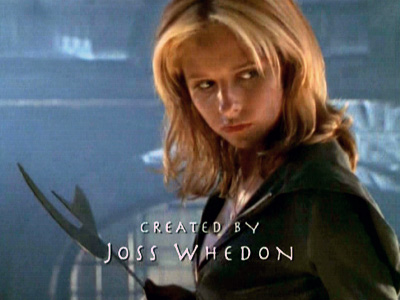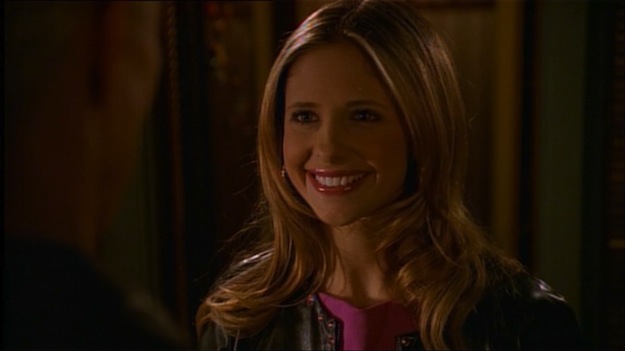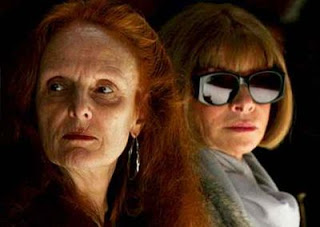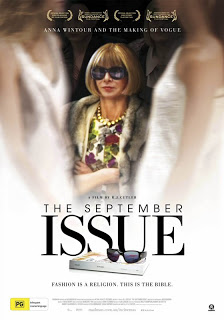In the exact same way that movie and TV actresses have become thinner as the rest of the population have become larger, characters in movies and TV are becoming younger as the population ages. Not just Harry Potter, but a plethora of underage protagonists (often from books in the young adult–YA–category) are onscreen, enough to make me want to never again watch a film in which all the main characters attend high school. Being very young isn’t usually interesting, even to those who are very young, a reality YA novels and films themselves seem to acknowledge with popular dystopic settings in which young teenagers fight for their lives instead of worrying whether they studied enough to get a decent grade on the history test.
Current mainstream and even “indie” narrative film portrayals of older women are pathetic: women graduate from being the girlfriend to the wife to the mother to the grandmother without ever accruing a personality; even those quirky, cranky grandmas who talk dirty for “comic” relief are a tired trope that should be retired immediately. Documentaries are the few films where older women are allowed the complexity they have in real life (like the grandmother we currently have running for the US presidency). Elaine Stritch: Shoot Me showed a woman toward the end of her career (and close to the end of her life) who, despite some serious health problems, wasn’t the mess our worst suspicions about older people, particularly older women, might make us think she would be. Instead she was a funny, frank woman who was trying to figure out each day–just as those of us who aren’t in our 80s try to do.
Iris, currently in theaters (which I saw as part of the Independent Film Festival of Boston), is one of the last documentaries directed by Albert Maysles (who died in March at 88) a pioneer of cinéma vérité, which even those not familiar with the term recognize as the predominant style of documentaries today. The center of the film is Iris Apfel, who although she had a successful career as an interior and textile designer when she was younger (she and her husband/business partner, Carl, who turns 100 during the film, talk briefly about her work at the White House and he lets slip that “We had a problem with Jackie,”) became well known to a wider public when, as a last minute substitution for another exhibit, a collection of the distinctive outfits she put together for herself (always pants and a top often accessorized by trademark layers of big heavy necklaces which catch the eye like the iridescent breast plumage of exotic birds) became a surprise hit. The exhibit traveled from New York’s Metropolitan Museum of Art to the Norton Museum of Art in Florida and the Peabody Essex Museum in Massachusetts–making her a star at 84.

At 93 she continues to wear outfits that sometimes straddle the edge between “genius” and “over the top.” She also does work associated with fashion–debuting (and selling out) a collection on the Home Shopping Network, beautifully styling several career women (including three Black women with wildly different body types and style preferences) as part of a special event for the women’s clothing store (now online only), Loehmann’s (Apfel has her own memory of the original “Mrs. Loehmann” who told her when she was a young woman, “‘You’ll never be pretty, but it doesn’t matter. You have something much better. You have style'”), attending fashion events and even making an appearance on a magazine cover (the outfit the stylists put her in is, of course, the least flattering one she wears in the film).
But she also has the concerns of an older person, telling us she feels the same as an older woman she knew when she was young who told her, “Everything I have two of, one hurts.” Her husband has also “not been feeling well” and is anxious about her well-being too, so she keeps from him that she has broken her hip (which she gets surgery for). Her nephew tells us that she’s told him that she keeps herself busy to stave off depression. She has begun sending away a lot of her outfits to be stored for posterity and to sell off the many items the couple have kept in storage which can’t fit into the Park Avenue apartment crowded with so many one-of-a-kind pieces (like a life-size wooden ostrich whose wing flips up to reveal a small built-in bar) it looks more like a specialty shop–or movie set–than a place where people live.
But none of these complications keep Iris from being delightful company–telling us how all the older women she socializes with have a crush on the filmmaker, her relish in haggling with a Harlem shopkeeper about items she wants to buy or a sudden intense alertness, like a cat stalking prey, when she sees a runway fashion that captures her fancy. Iris, in spite of interests many people consider superficial, is an incisive wit and not in the least flighty, hesitant or forgetful in conversation. When asked why she never had children she simply states that she wanted to work, to travel (her search for items that no other designer could provide led her all over the world), that she didn’t want her child to be raised by a nanny and concludes (in defiance of the paradigm of women “having it all”) “you can’t have everything.”
She and her husband, Carl, aren’t the cantankerous older couple we’re used to seeing onscreen but two people who complement one another (Iris buys the brightly colored and intricately patterned pants he wears with fairly conservative shirts and jackets) and after nearly seven decades together they still seem to enjoy each other’s company. She’s also not critical about what others choose to wear. At one point the photographer Bruce Weber tells her that he hasn’t once heard her badmouth anyone else’s fashion sense and she says, “I can’t judge… It’s better to be happy than well-dressed.”
Maysles, whose much lauded career included Grey Gardens and Gimme Shelter, doesn’t just coast on his reputation in Iris: he brings a perspective a younger filmmaker probably could not. We see a tinge of melancholy in the well-wishes, speeches and cake at Carl’s 100th birthday and that mood seems more in keeping for a man whose health isn’t great and may not make it to his next birthday than the relentlessly cheerful “Happy 100th to you” shout-outs of morning television, always delivered by people who aren’t close to that age themselves. Iris’s life is neither filled with loss nor one long, jaunt of constant happiness, but a combination, like the lives the rest of us will lead.
[youtube_sc url=”https://www.youtube.com/watch?v=Fo8jwJ_2l0c” iv_load_policy=”3″]
Ren Jender is a queer writer-performer/producer putting a film together. Her writing. besides appearing every week on Bitch Flicks, has also been published in The Toast, RH Reality Check, xoJane and the Feminist Wire. You can follow her on Twitter @renjender
